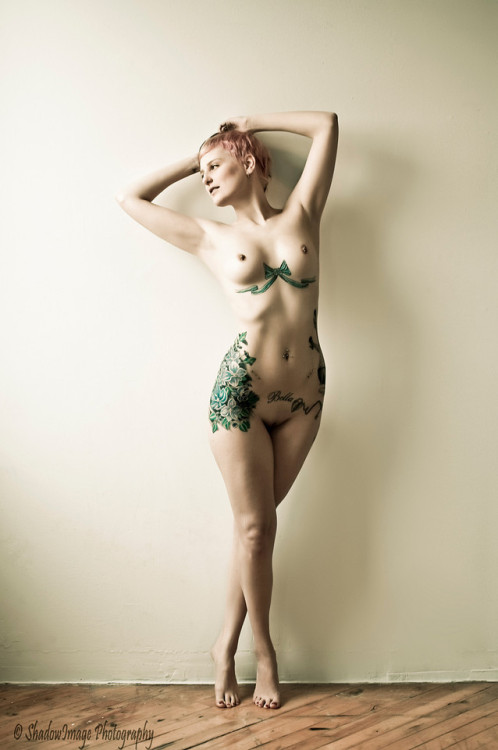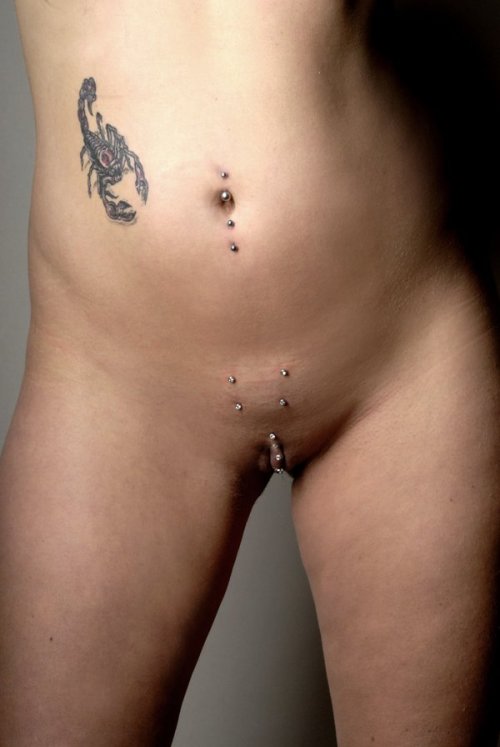
For over two decades, Sherwood was a fashion and style critic for The Independent on Sunday, the Financial Times and the International Herald Tribune. He is now editor-at-large for The Rake magazine and contributes to The World of Interiors, the International Herald Tribune and the Spectator.



Here is the definitive story of Savile Row, the internationally renowned epicentre of gentlemen's style. Introduced by Tom Ford, it is a rich visual history of the street synonymous with elegance, sophistication and timeless attitudes. Including rare archival material and previously unpublished images, alongside specially commissioned photography and fashion shoots, this lavish celebration brings together the Row's tailors, the personalities, the dramas and private tales, the suits and their accoutrements, the fabrics and the cuts, as never before. An exclusive bonus section offers a complete resource for anyone wishing to have a suit made.

THE LONDON CUT
Author, broadcaster and curator James Sherwood's new book Savile Row: The Master Tailors of British Bespoke is published by Thames & Hudson and was celebrated by book launches at the Savoy in London, Old England in Paris and The Room at The Bay in Toronto. His previous books include The London Cut; published to accompany an exhibition of the same name at Palazzo Pitti in Florence. The exhibit subsequently travelled to the British Ambassadors' Residences in Paris and Tokyo. 2010 was the seventh year he co-presented the BBCs fashion coverage of Royal Ascot and eighth year he has written and subsequently edited the Louis Vuitton Guide to London.
Sherwood curated the Archive Room at No 1 Savile Row for Gieves & Hawkes and in 2010 curated the Savoy Museum as well as acquiring artworks, libraries and objects for the Savoy's nine Signature Suites named after its greatest guests including Marlene Dietrich, Winston Churchill and Noel Coward. He is currently working on a five year cataloguing and restoration project of Henry Poole & Co's historic ledgers dating back to 1846. He is also working on a new Thames & Hudson edition to be published in 2011 on the 300th anniversary of Ascot titled Fashion at Royal Ascot. For over two decades, Sherwood was a fashion and style critic for The Independent on Sunday, the Financial Times and the International Herald Tribune. He is now editor-at-large for The Rake magazine and contributes to The World of Interiors, the International Herald Tribune and the Spectator.


Gieves & Hawkes
The archive room at No. 1 Savile Row, the collected history of Gieves & Hawkes, tailors.
New York Times
By JAMES SHERWOOD
Published: November 9, 2010
“There is an odd atmosphere these days in Savile Row,” wrote Esquire’s Nick Sullivan in 1992. “Nothing tangible, you understand. But from time to time, people stop to peer with uncertainty, with incomprehension, even with vague horror through the plate glass window of No. 37a. There’s a new boy in the Row and he’s causing quite a stir. What’s more, he’s not a tailor. Richard James is too busy to worry about the neighbors.”
To reread reports of the advent of Richard James on Savile Row in the early 1990s, you would think he was selling jeans and jocks like Abercrombie & Fitch, so vehement was the response. James was the first to admit that he came from a fashion background: he worked for the formidable Joan Burstein as menswear buyer for South Molton Street boutique Browns, then crossed the floor to show an own-label collection in Paris alongside fellow bright British exports Paul Smith and Katharine Hamnett. What he was proposing from his tiny Savile Row shop was a ready-to-wear collection supplemented by special bespoke orders made for him by neighboring traditional Row tailor Anthony J. Hewitt.
Photographed leaping down the Row grinning like a Cheshire Cat, James told Vogue: “A jacket’s got to have that bit of lilac showing through the back flap. An Englishman must learn to be flamboyant again.”
Fellow tailor Timothy Everest understood the cultural barriers Savile Row faced in the 1990s. As he told me in 2007, “Traditionally, a gentleman would introduce his son to his tailor as a rite of passage. In the ’80s it was the sons who introduced their fathers to fashion labels such as Giorgo Armani, Ralph Lauren, Jean-Paul Gaultier, Yohji Yamamoto and Comme des Garçons,” he says. “The tailors that you christened the New Establishment had to turn men back on to bespoke tailoring.” In 1991, Everest opened his atelier in a 1760 Huguenot house in London’s East End, far from the Row.
Everest’s house was well placed to serve the young City boys working in the Square Mile. Opening on Savile Row would, he says, “be like moving back in with my parents.” His early customers “were a bit apprehensive at first, but when they discover they can get something that fits them perfectly, will last for ages and still cost less than a designer suit, they are sold on bespoke.”
Working from a studio in Notting Hill until his move near the Row in 1995, Ozwald Boateng was cutting eye-popping, super-sharp 1960s-inspired suits with raised waistlines and slimmed-down trousers that elongated and refined the line. Soho tailor Mark Powell proposed the Neo-Edwardian cut with a gangster swagger, while Timothy Everest revived his mentor Tommy Nutter’s golden era with an early 1970s look. All the new school tailors undercut old Savile Row’s average price of £3,000 for a bespoke suit considerably, which contributed to a “them” and “us” mood on the Row.
The noise generated by the New Establishment and the attention of men’s style titles such as GQ, Esquire and Arena Homme + understandably irked the older houses. Andrew Ramroop OBE, owner of Maurice Sedwell at No. 19 Savile Row, had pioneered some of the most flamboyant bespoke tailoring seen on the Row in a lifelong career that saw him buy out Mr. Sedwell in 1988. “I remember walking to work in a fine pair of trousers that showed of my 26-inch waist and two-tone leather and canvas shoes. Tommy [Nutter] would compliment me if he saw me walking down the Row,” says Ramroop. “One of my earliest passions was to make sure the back of the jacket was as interesting as the front. I’d put shooting pleats into the back of my jackets and was fond of contrast-color piped seams.”
As head cutter at Maurice Sedwell in the early 1980s, Ramroop had a strong following among then-Prime Minister Margaret Thatcher’s cabinet. Led by Lady Thatcher’s private secretary Mark Lennox-Boyd, six cabinet ministers (including Michael Heseltine and Kenneth Baker) and twenty MPs were Maurice Sedwell men. “One of the cabinet ministers told me that Mrs. Thatcher enjoyed her ministers discussing their tailor,” recalls Ramroop. In sharp contrast to the New Establishment, Andrew Ramroop did not advertise the more exotic bespoke commissions outside the circle of his customers.
But the D’Artagnan of New Establishment tailors, GQ style editor John Morgan, put all of his weight behind the new boys. In January 1995, Morgan coordinated a Sunday Telegraph story, “Speaking up for Bespoke,” that went against every instinct of Savile Row’s famed discretion. Four handsome young chaps proud to name their tailors were interviewed and photographed as poster boys for contemporary bespoke. Twenty-eight-year-old banker Guy Mettrick declares: “I would never go back to ready-to-wear. ... Tim [Everest] is brilliant at interpreting your ideas. You just have to mention an outfit sported by a star in an old film and within minutes Tim has rustled up a drawing that exactly matches your thoughts. He has taken the stuffiness out of going to the tailor which is very important for someone of my age.”
Twenty-seven-year-old foreign exchange dealer Riccardo Borsi, looking sharp in Mark Powell’s Neo-Edwardian cut, says: “People are looking for more than the Armani and Boss suits. Mark has proved that you don’t have to be flash if you work in the foreign exchange.”
Solicitor John Armstrong adds: “I was attracted to Ozwald’s work because I like simple, gimmick-free clothes where the emphasis is on cut and fabric rather than details.”
Richard James is endorsed by Princess Margaret’s son David Linley, who says: “Richard gives me all the quality and craftsmanship associated wih Savile Row but he does it with his tongue firmly in his cheek. The result is clothes that are always amusing but never too noticeable.” As perhaps the most piquant tableau of new versus old Row, Linley tells John Morgan that Richard James measured him up astride his motorbike.
Morgan could not have written a more ringing endorsement for the New Establishment. He and fellow foppish scribes U.S. Vogue European editor-at-large Hamish Bowles, GQ bespoke editor Nick Foulkes and fashion journalist/curator Robin Dux were influential supporters and promoters of Savile Row bespoke tailoring, both old and new school. Morgan, who famously spent his last years living a Regency dandy life in an Albany set (an apartment in London’s historic private bachelor quarters) filled with over sixty bespoke suits, three hundred handmade shirts and ninety pairs of bespoke Cleverley shoes, died in 2000, thus robbing Savile Row of one of its greatest ambassadors. He wrote his own epitaph to introduce the Sunday Telegraph’s Savile Row story: “Despite very modest circumstances, I have always managed to maintain a good address and a better wardrobe.”
From “Savile Row, The Master Tailors of British Bespoke,” Thames and Hudson, 2010.











No comments:
Post a Comment